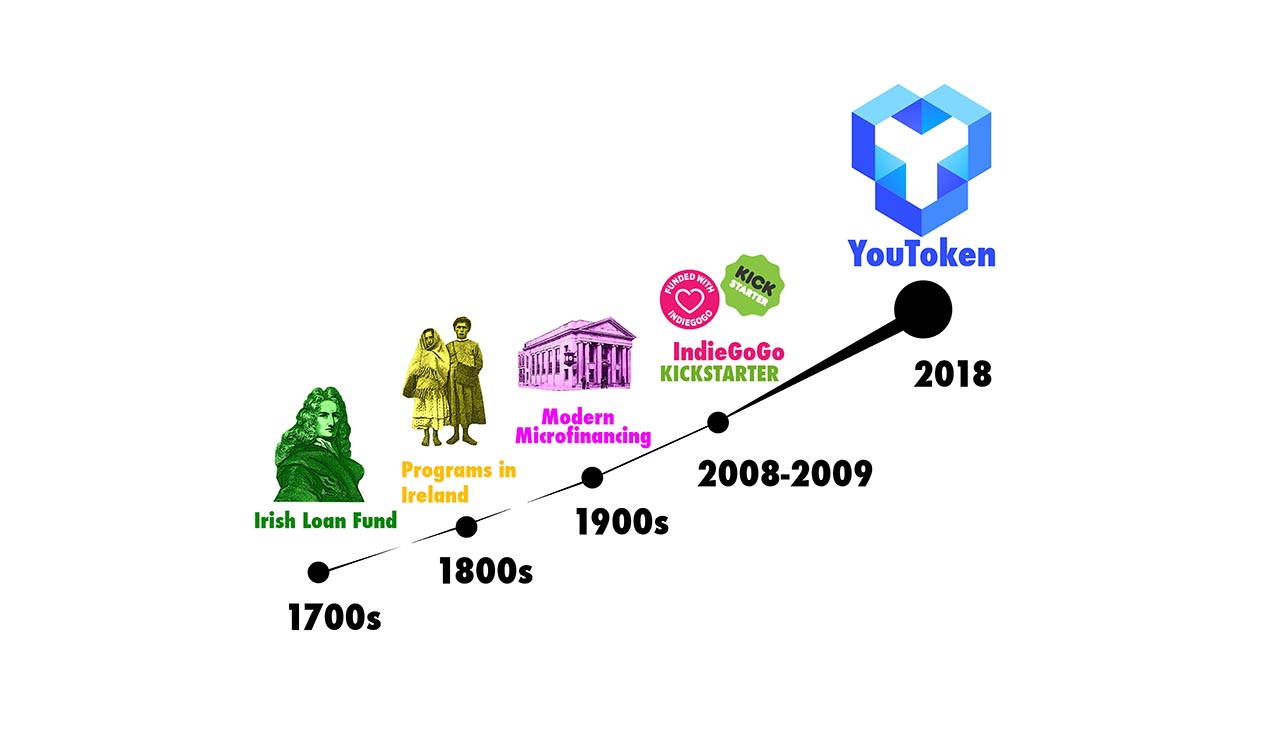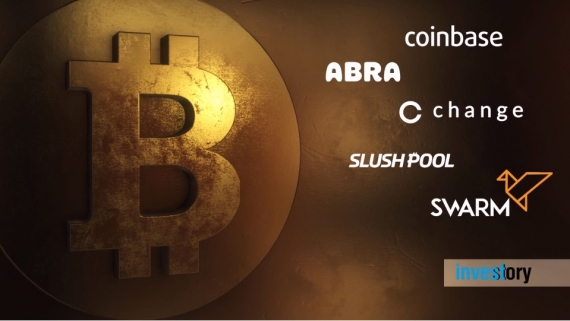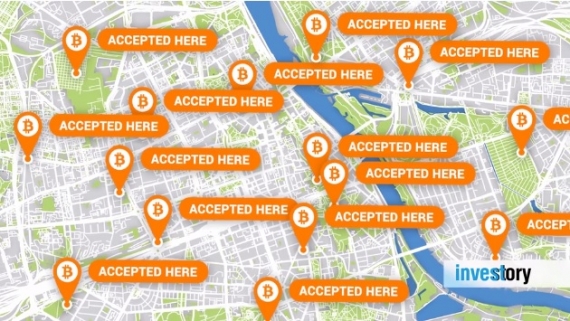
Crowdfunding Analytics: The History of Fundraising (Part 1)
Today, we think of crowdfunding as some guy using Kickstarter to raise money for his solar-powered, AI "smart" water bottle or something like that. Yet, due to the surge of blockchain technology startups, that definition is starting to change. So what does the future hold for crowd-based fundraising? Let's answer that question by first taking a look at the past with some historical analytics.
CROWDFUNDING ANALYTICS: MICROFINANCE HISTORY
A few years before the words "crowdfunding" or "analytics" was even a thing, a guy named Jonathan Swift had a brilliant idea. In the 1700s, Swift created a monumental method to provide loans to low-income families in rural areas. He was one of the first people to recognize that even individuals who had no credit or collateral still had something of value. By the 1800s, Swift's idea exploded and more than 300 programs throughout Ireland were loaning small amounts of money for a short period of time. At the peak of the program, 20% of all households were using it.
CROWDFUNDING ANALYTICS: MICROLENDING
Now let's fast forward a few hundred years to 2005. This year, Kiva.org became the very first microlending website. Much like the Irish Loan Fund, Kiva.org gave individuals the chance to lend small amounts of money to aspiring entrepreneurs in poor, rural areas all over the world. Kiva stood out because it added a profile and pictures of each loan. Lenders love Kiva because it helped them visualize the loan. Furthermore, it clarified the terms of repayment. Suddenly, crowdfunding began to solidify into the form we know it as today. Let's continue on with the analytics.
CROWDFUNDING ANALYTICS: KIVA SETS THE STAGE FOR A BRIGHT FUTURE
Kiva had individual field agents scattered all over the world that helped document entrepreneur's stories and distribute loans. Hence, this forward-thinking documentation gave lenders the ability to not only identify with the borrower on a personal level. It also helped to establish a personalized sensation that their money was going towards something productive. But it was more than just a technology. It was a philosophy and it helped inspire a new era of fundraising. In part two, we'll explore more analytics regarding the birth of crowdfunding and it's promising new future.







